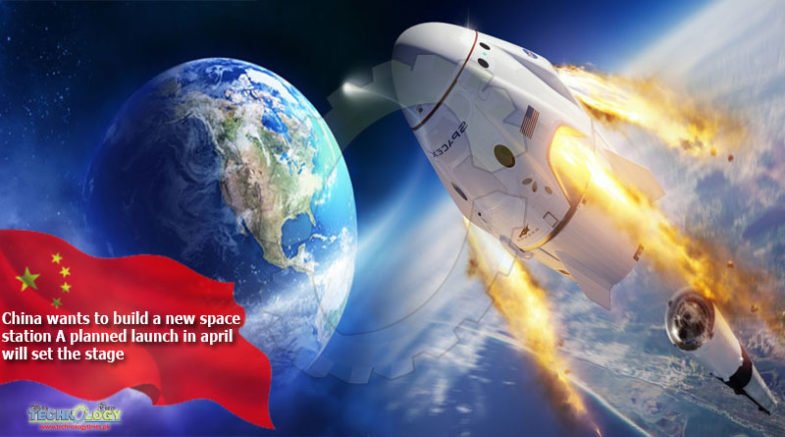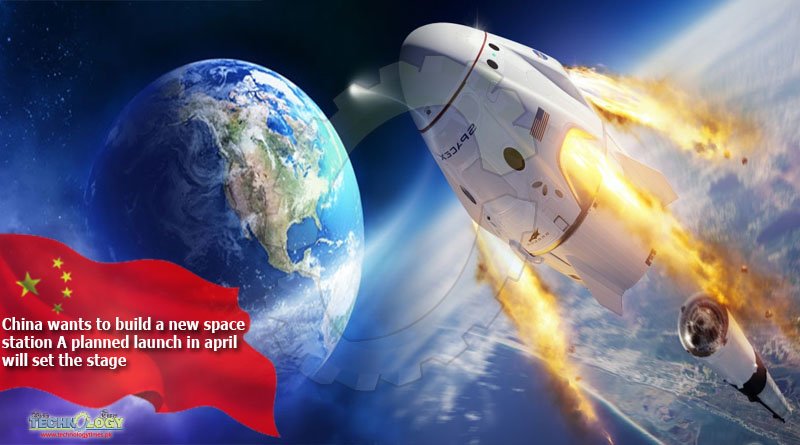China’s space program is planning a launch in April to prepare for building the country’s next space station.

A Long March 5B rocket will carry a “trial version” of China’s new spaceship, which is designed to carry crews of up to six people, state media source Xinhua said. Previous Chinese spaceships carried up to three taikonauts, the term used to describe Chinese astronauts.
While the April mission will carry neither people nor pieces of the future space station, it is expected to prepare Chinese officials for space station construction, the report added.
The Long March 5B is a modified version of China’s heavy-lift Long March 5 rocket, which began flying in 2016. The China Manned Space Agency designed the 5B for the space station and large crewed spacecraft, Xinhua said.
China plans to finish the space station by 2022, after more than 10 missions for construction and in-orbit assembly. The station will be shaped like a T, with a core module, called Tianhe, at the center and one lab capsule on either side of that.
All told, the station will offer up to 5,650 cubic feet (160 cubic meters) of living space across the three modules. That’s a little more than one-third of the space on the International Space Station, which has 13,696 cubic feet (388 cubic meters) of room, not including temporary expansions from visiting spaceships.
Unlike previous Chinese space stations, which required water launched from Earth, water on the new space station will be recovered from water vapor the astronauts exhale and from urine that is recycled and purified, Xinhua said. This space station will also carry machinery that can produce supplemental oxygen, Xinhua added.
The Chinese space complex will also have room for science experiments in fields ranging from astronomy to basic physics to life science, using more than a dozen experiment racks. China also plans to launch an optical telescope on a capsule flying “in the same orbit,” Xinhua said.
China’s first space station, the one-room Tiangong-1, launched in 2011 and burned up in Earth’s atmosphere seven years later. The vehicle helped China master the technologies and procedures needed to build bigger stations.
A successor, Tiangong-2, launched in 2016 to support longer-duration missions. China’s most recent crewed launch, in October 2016, sent two taikonauts to Tiangong-2 for 33 days, a record for consecutive time spent in space for China.
